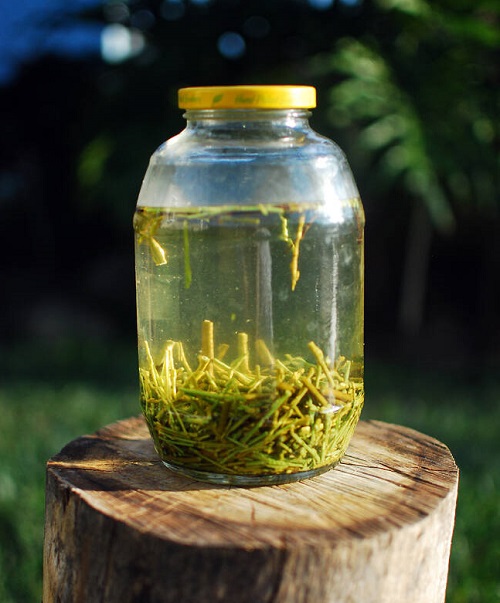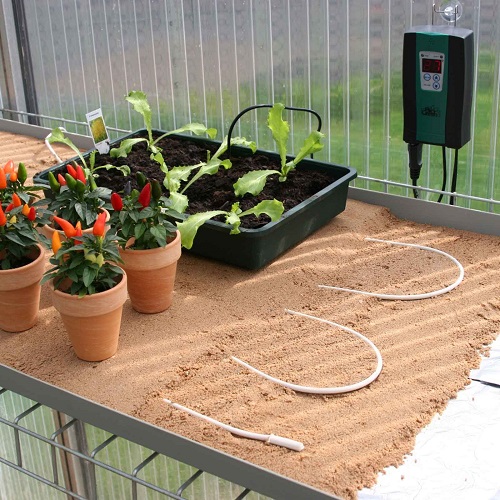We’ve gathered some cool Tricks to Propagate Plants Successfully in Fall and Winter Indoors to guarantee chances of success!
Here are the ultimate Tricks to Propagate Plants Successfully in Fall and Winter Indoors that will turn you into a master gardener, even in the coldest months!
7 Houseplants You Can Grow from Cuttings in November
Tricks to Propagate Plants Successfully in Fall and Winter Indoors
1. Use Mycorrhizal Fungi
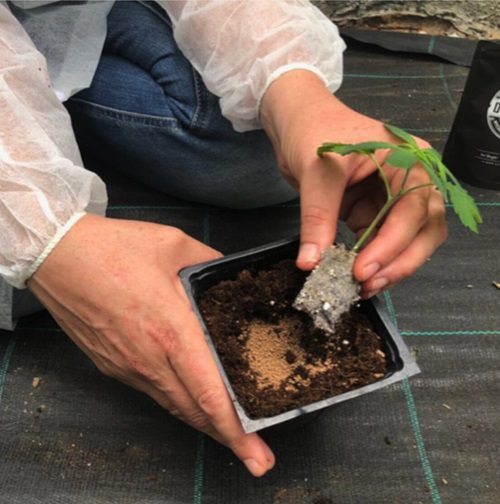
Consider adding mycorrhizal fungi to the propagation medium. These form a symbiotic relationship with plant roots and enhance root development in fall and winter when temperatures are cooler and nutrient availability is limited.
They also help regulate plant hormones and produce protective compounds.
2. Moon Phase Propagation
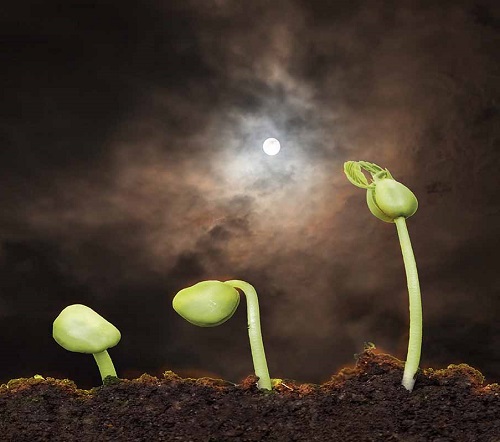
Some gardeners believe propagating cuttings during specific moon phases (e.g., during a waxing moon) can lead to better results.
They believe that different moon phases play a role in plant growth. The waxing moon (growing brighter) helps above-ground growth like leaves and flowers, and the waning moon (fading) favors root development.
While not scientifically proven, it’s a fascinating approach to explore.
3. Heat Mats for Root Warmth

During colder months, using heat mats beneath your plant containers can provide the necessary warmth to stimulate root growth. Most seeds have a sweet spot for germination – a temperature range between 75°F to 90°F (24°C to 32°C).
Heat mats will ensure the roots are warm and encourage faster propagation, ensuring plants thrive even in chilly indoor environments.
4. Cloche for Warmth
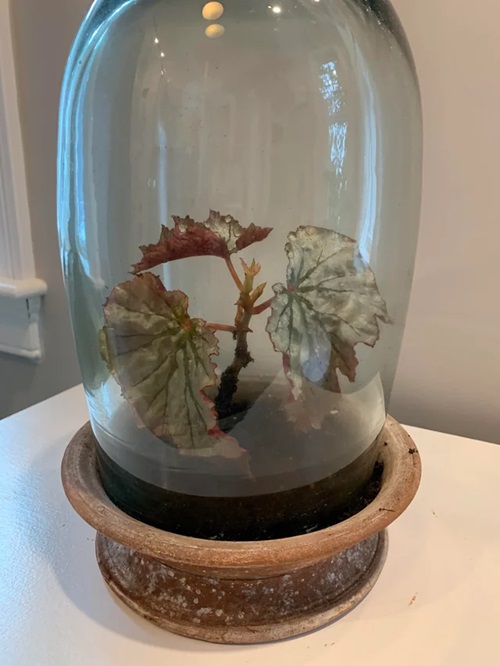
These miniature glass or plastic domes are great for a greenhouse effect for individual cuttings. They’ll trap humidity and warmth, creating an ideal microclimate for propagation.
5. Go for Willow Water Rooting Solution
Made by soaking willow branches in water, it contains natural rooting hormones and will aid in root development, giving your plants a head start in establishing strong root systems.
6. Multiply by Layering
You can encourage natural layering in shrubs like forsythia and weigela by bending low-lying branches to the ground once the cutting starts growing. Just wound the underside slightly and bury them partially in the soil.
You can use wire or staples to secure them, and new roots will form at the buried section, creating new plantlets due to the warmth.
12 Herbs You Can Grow from Layering | Propagate Herbs from Layering
7. Use Coconut Coir for Propagation Medium

During the colder months, replace the traditional potting mix with coconut coir for your propagation medium. It will help in retaining moisture, provide insulation so the medium stays warmer near the roots, and give ample air circulation.
8. Take the Help of Biochar
Add a bit of biochar to the propagation medium during colder months. What does it help with? Biochar has a high Cation Exchange Capacity (CEC), so it holds onto positively charged ions, such as calcium, potassium, and magnesium, for cutting uptake.
Winter and fall months have fluctuating temperatures and moisture levels. Biochar helps create a favorable environment with improved moisture management.
9. Use a Moss Wrap for the Cutting
For successful fall and winter propagation indoors, we recommend wrapping the base of plant cuttings with a thin layer of damp sphagnum moss.
Do it at the bottom of the stem to cover the nodes where you cut the leaves. Tie it with string (not too tight) and keep the cutting in bright light.
The moss will help retain moisture around the cutting, create a cozy environment for root development, and protect against desiccation in dry indoor environments.
10. Build a Cold Frame
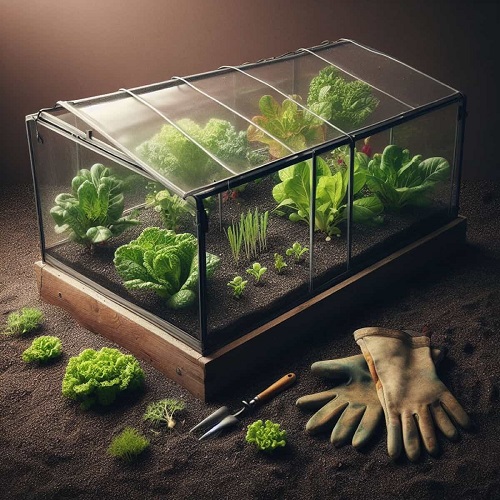
A cold frame, typically crafted from a wooden frame with glass or plastic panels, protects against harsh weather conditions. It provides an ideal environment for seedlings and young plants.
It is more prominent for outdoor spaces, but you can use one indoors, too. Learn how to make it here.
11. Add a Warm Sand Bed
You can also take the help of warm sand beds beneath your propagation trays (for both cuttings and seeds). Sand has excellent heat-retaining properties and can act as a natural insulator.
All you need to do is create a layer of sand and place your trays on top. The warmth will rise and provide heat. But take the tray away once the sand reaches room temperature.


